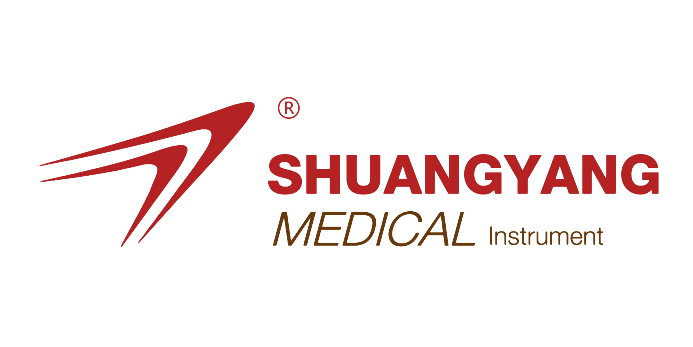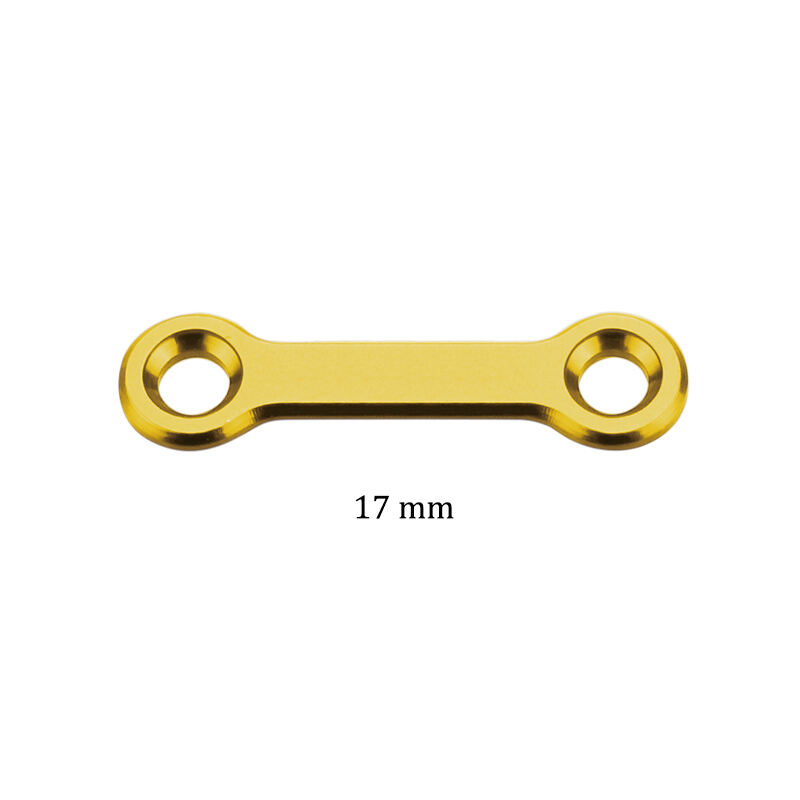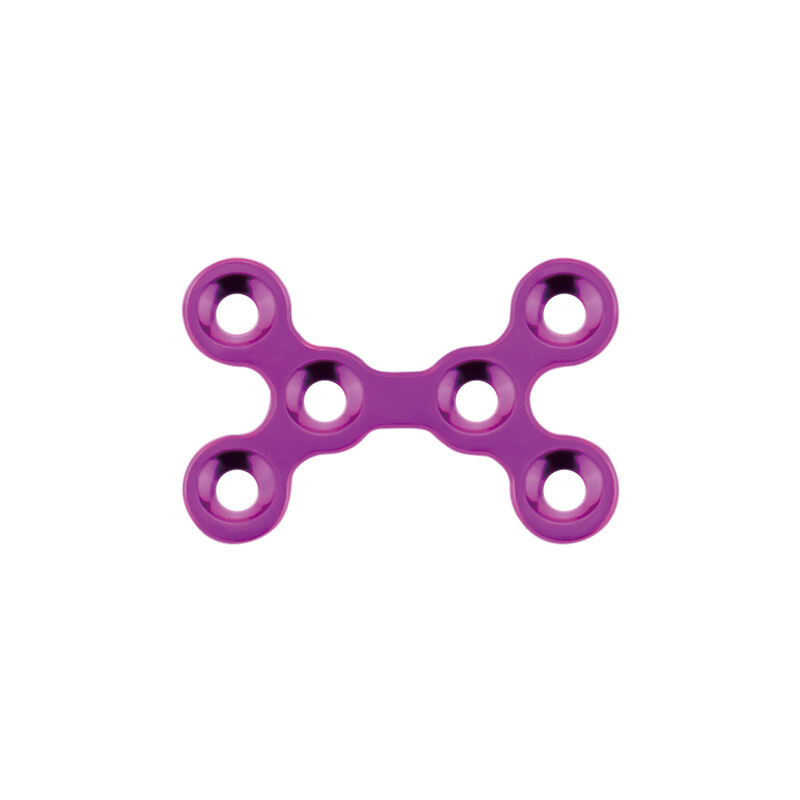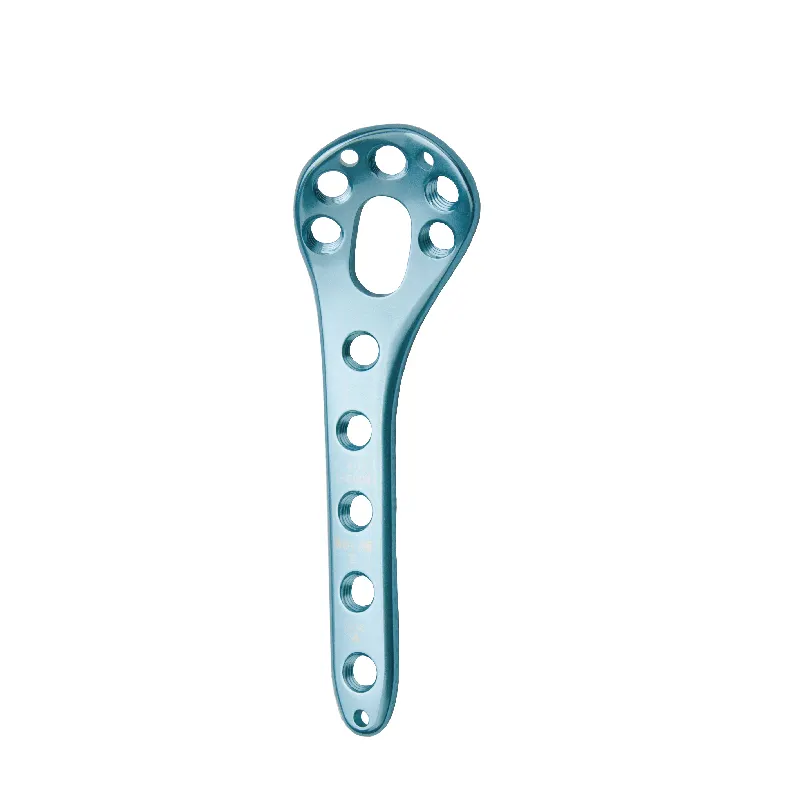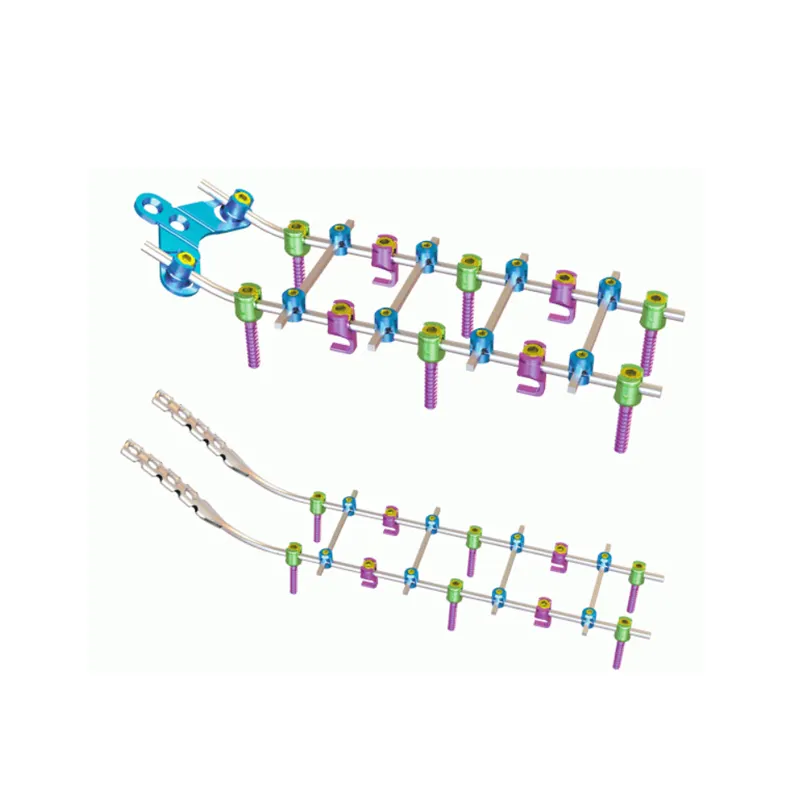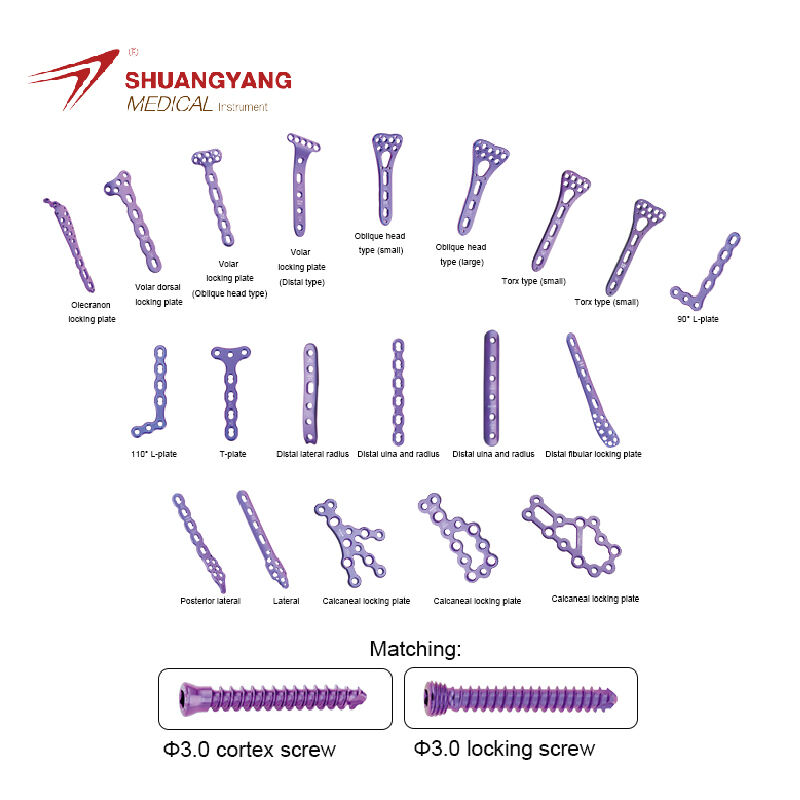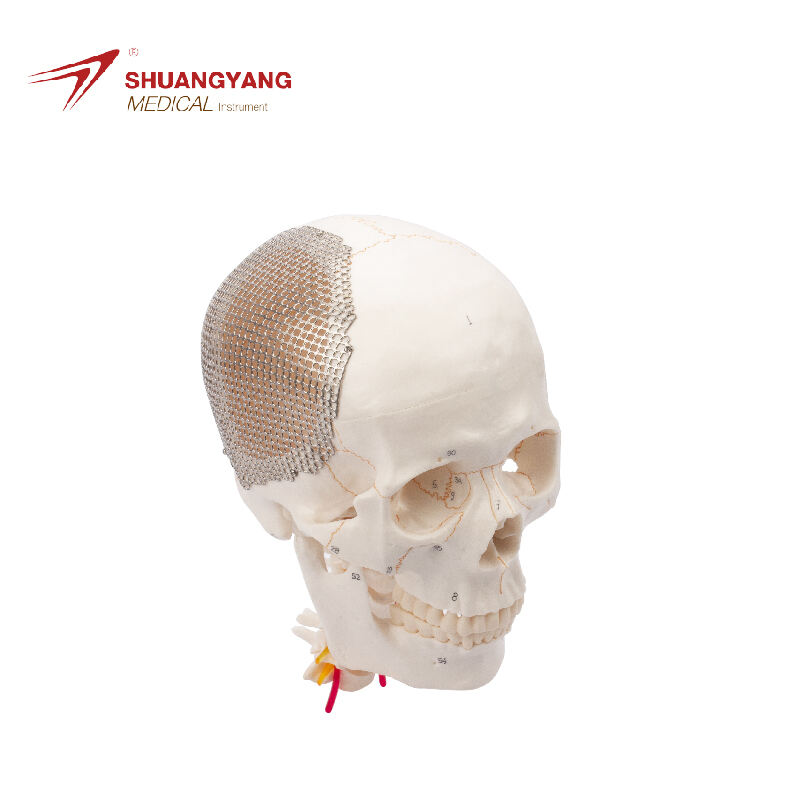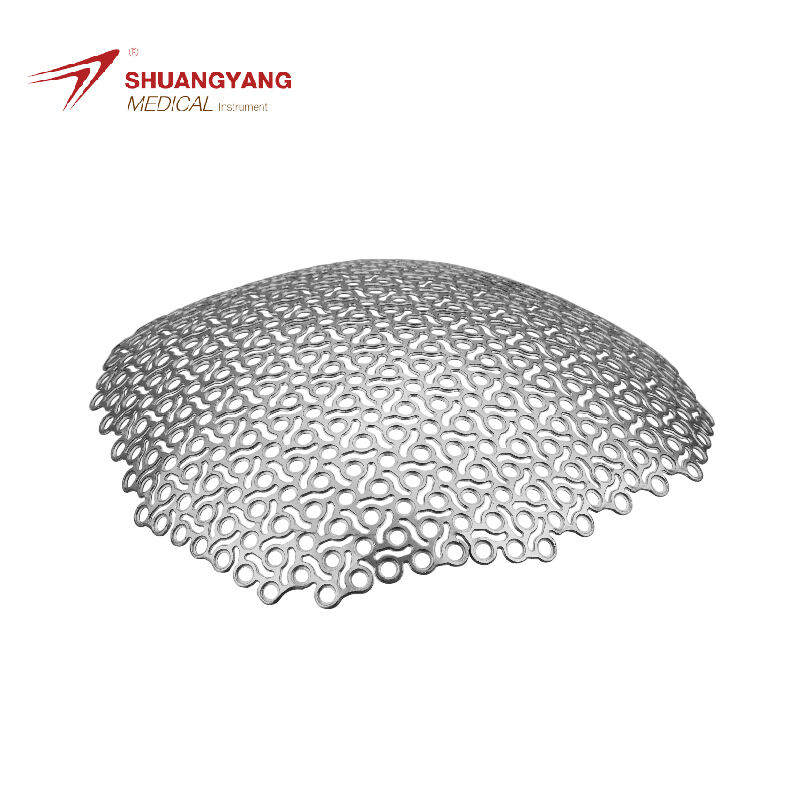maxillofacial instruments
Maxillofacial instruments are a specialized set of tools designed for surgical procedures involving the mouth, face, and jaw. These precision instruments are crafted to perform a variety of functions such as cutting, dissecting, grasping, and suturing. Technological features include corrosion-resistant stainless steel construction, ergonomic designs that minimize hand fatigue, and sharp, precise edges for accurate incisions. Applications of maxillofacial instruments are diverse, ranging from routine dental extractions to complex reconstructive surgeries, facial trauma treatments, and corrective orthognathic procedures. Their versatility and durability make them indispensable in the field of oral and maxillofacial surgery.
 EN
EN
 FR
FR
 ES
ES
 AR
AR
